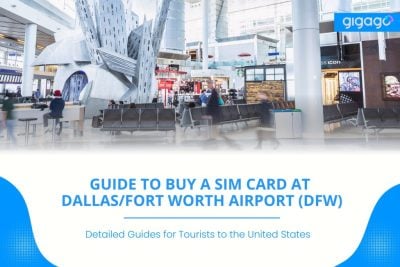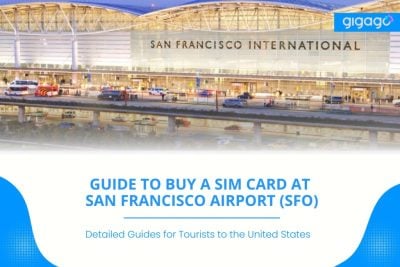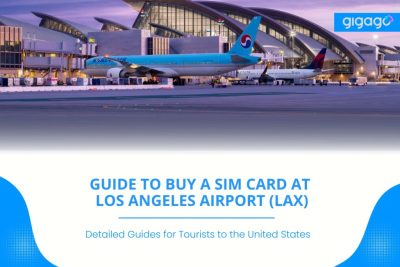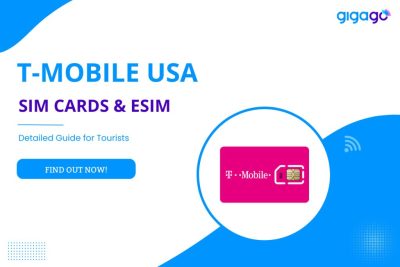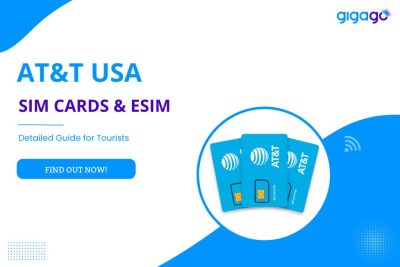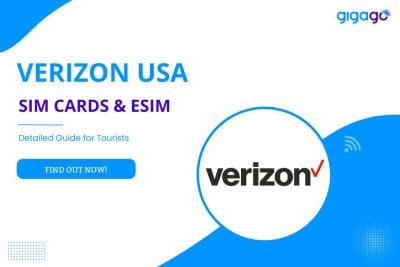This guide will show you where to find SIM card shops, their opening hours, prices, and how to register your card. We’ll also talk about eSIMs, a simple and hassle-free option for travelers. By the end, you’ll know exactly how to get the best mobile connection for your trip.
How To Use Cell Phone In the USA: Traveler’s Guide To Stay Connected
Use cell phone in the USA without trouble by understanding key tips and options for staying connected.
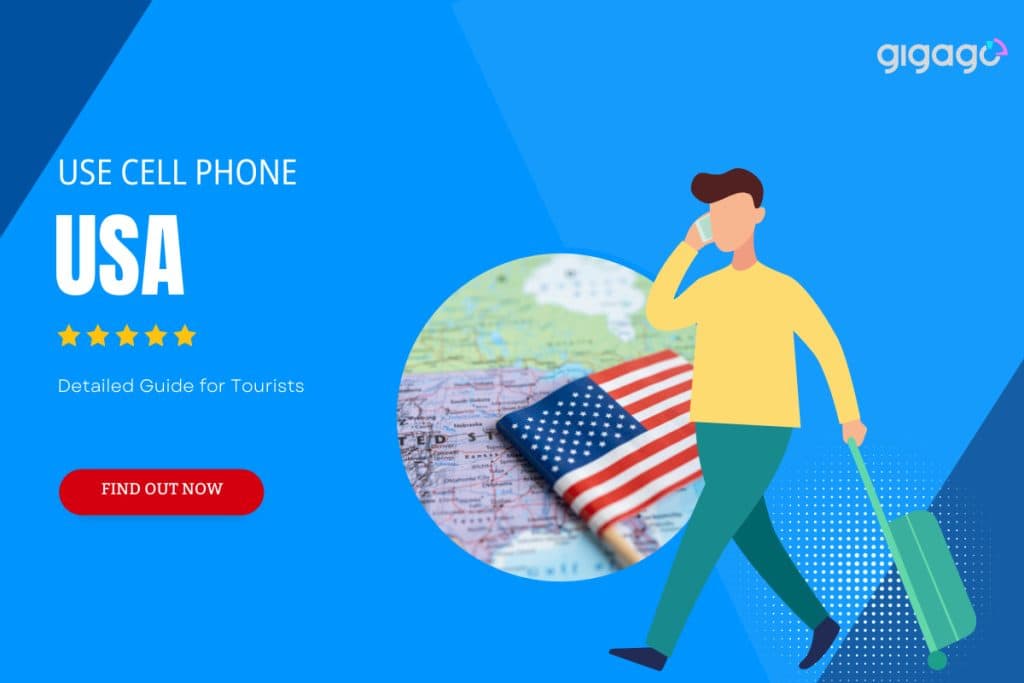
This guide is perfect for international travelers who face challenges like phone compatibility, network issues, or deciding on the best plan to stay connected. By exploring topics such as phone compatibility, international plans, and convenient options like the Gigago eSIM, you’ll discover how to use cell phone in the USA smoothly and effectively.
In this article
I. Highlights of Phone Compatibility, Frequencies, and Networks in the USA
To stay connected in the USA, your phone must meet specific requirements. Here’s what you need to know about compatibility, frequencies, and networks.
1. Phone Compatibility
- GSM and CDMA: The USA uses both GSM and CDMA technologies. GSM is widely adopted, but certain carriers like Verizon use CDMA.
- Unlocked Phones: To use multiple carriers, ensure your phone is unlocked.
- Frequency Support: Phones must support specific US frequency bands (e.g., 700 MHz for LTE) to access 4G/5G networks efficiently.
- Dual SIM Support: Many modern phones include dual SIM or eSIM capabilities, offering flexibility for travelers and locals.
2. Frequencies
- Primary Bands: Common frequency bands include:
- 4G LTE: Bands 2, 4, 12, 13, 17, 25, 41, and 66.
- 5G: Bands n2, n41, n66, n260, and n261.
- Regional Differences: Frequency usage may vary by carrier and region. For instance, rural areas often rely on lower bands like 12 or 13 for extended coverage.
- Carrier-specific Bands:
- AT&T: Band 12 (700 MHz) and Band 17.
- T-Mobile: Band 71 (600 MHz) for broader rural coverage.
- Verizon: Band 13 (700 MHz) for reliability.
3. Networks
- Major Networks: The USA has three dominant network operators:
- Verizon: Known for extensive 4G LTE and robust 5G mmWave coverage.
- AT&T: Offers a mix of urban and rural coverage focusing on 5G rollout.
- T-Mobile: Strong nationwide coverage with a fast-expanding 5G network.
- MVNOs (Mobile Virtual Network Operators): Carriers like Mint Mobile and Cricket Wireless use the major operators’ networks to provide budget-friendly options.
- 5G Expansion: Both sub-6 GHz and mmWave 5G are growing rapidly, enhancing speeds and reducing latency.
Understanding these features ensures you can make informed choices when using or purchasing phones in the USA. Always check compatibility using resources like the Kimovil Frequency Checker to verify if your phone will work seamlessly with US carriers.
II. Will My Cell Phone Work in the USA?
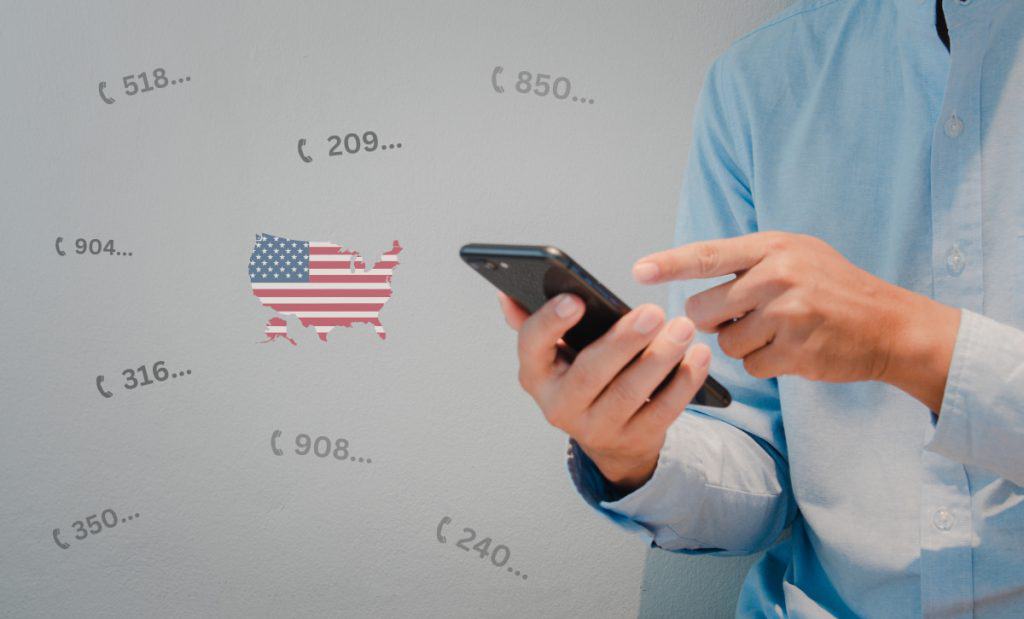
Yes, your cell phone will work in the USA if it supports the frequency bands used by the country’s carriers. However, if your phone lacks some of the key frequency bands, you might experience limited coverage or slower speeds in certain areas.
You can see the table below to know more about supported bands in the USA:
| Carrier | 4G LTE Bands | 5G Bands | Key Notes |
| AT&T | B2 (1900), B4 (1700/2100), B5 (850), B12 (700), B17 (700), B30 (2300) | n2 (1900), n5 (850), n66 (1700), n71 (600), n77 (3700), mmWave (26/28 GHz) | Mix of urban and rural coverage, extensive 5G rollout. |
| T-Mobile | B2 (1900), B4 (1700/2100), B5 (850), B12 (700), B66 (1700/2100), B71 (600) | n41 (2500), n66 (1700), n71 (600), mmWave (26/28 GHz) | Strong nationwide 5G with Band 71 for rural coverage. |
| Verizon | B2 (1900), B4 (1700/2100), B5 (850), B13 (700), B66 (1700/2100) | n2 (1900), n5 (850), n77 (3700), n258 (26 GHz), mmWave (28 GHz) | Known for reliable 4G LTE and robust 5G mmWave coverage. |
III. Do I Need An International Plan In the USA?
NO, you don’t need an international plan to use your phone in the USA, but it can make things easier and cheaper. An international plan allows you to use your phone abroad with lower costs for calls, texts, and data. It helps you avoid expensive roaming fees while keeping your phone number and plan active.
However, these plans come with extra fees and may not work everywhere, so it’s important to check if your destination is covered.
Comparison of International Plans from Major U.S. Carriers
Here’s a brief comparison of popular international plans offered by Verizon, AT&T, and T-Mobile:
| Carrier | Plan Name | Cost | Features |
| Verizon | TravelPass | $10/day ($5/day in Canada and Mexico) | Use your domestic talk, text, and data allowances in over 210 countries. Charged only on days you use it. |
| AT&T | International Day Pass | $10/day | Access your domestic plan’s talk, text, and data in over 210 destinations. Pay only for the days you use. |
| T-Mobile | Magenta MAX | Included in plan | Unlimited text and data (up to 256 kbps) in over 210 countries. Calls at $0.25/min. Higher-speed data passes available for purchase. |
IV. What are the Options for Tourists to Use Cell Phone In the USA?
When visiting the USA, tourists have several options to stay connected:
- eSIM Plans: Digital SIMs that can be activated without a physical card.
- International SIM Cards: Physical SIMs designed for use in multiple countries.
- Pocket WiFi Devices: Portable hotspots providing internet access to multiple devices.
Each option has its own advantages and considerations.
1. eSIM Plan for the USA
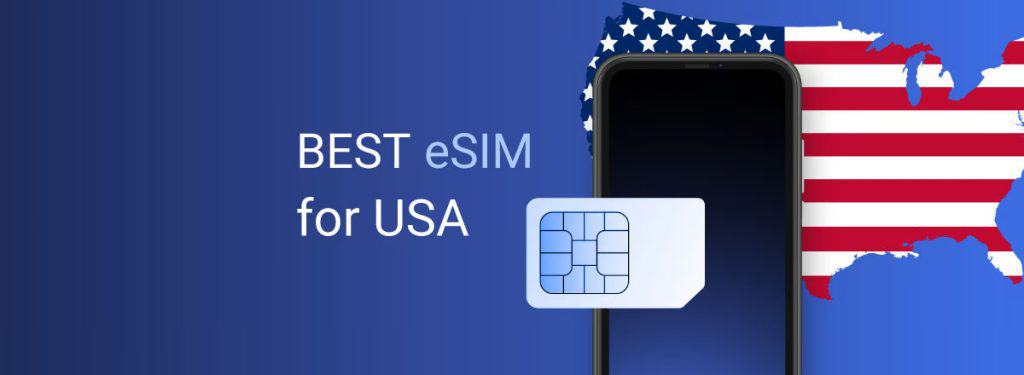
An eSIM is a digital SIM embedded in your phone, allowing you to activate a cellular plan without a physical SIM card.
- Suitable for: Travelers with eSIM-compatible devices seeking quick setup and flexibility.
- Where to Buy: Online platforms like Gigago offer eSIMs for the USA.
- Pros:
- Instant activation without physical SIM swapping.
- Maintain your primary SIM for calls and texts while using data on the eSIM.
- Cons:
- Requires an eSIM-compatible device.
- Some eSIMs may not support voice calls or SMS.
2. International SIM Card for the USA

International SIM cards are physical SIMs that work across multiple countries, including the USA.
- Suitable for: Travelers with unlocked phones who prefer a physical SIM and plan to visit multiple countries.
- Where to Buy: Purchase online before departure or at airports and retail stores upon arrival.
- Pros:
- Often provide competitive rates for calls, texts, and data.
- Can be used in multiple countries, not just the USA.
- Cons:
- Requires physically swapping SIM cards, which may be inconvenient.
- May involve changing your phone number temporarily.
3. Pocket WiFi
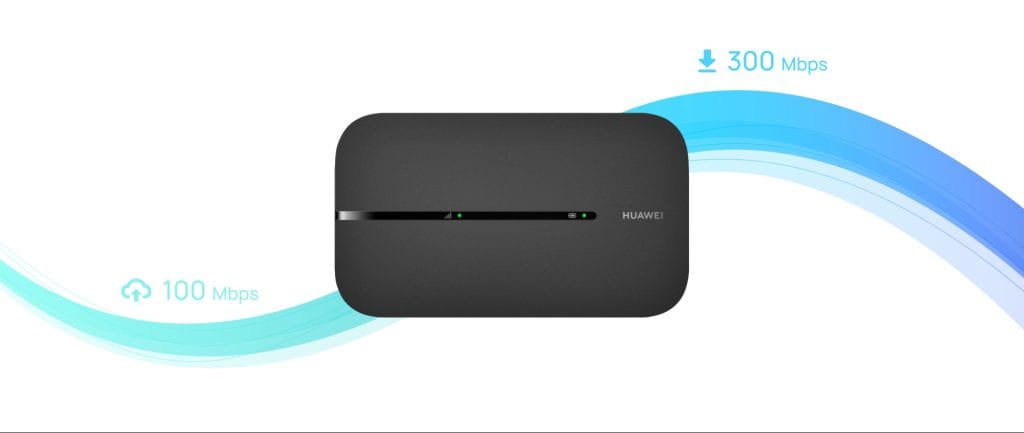
Pocket WiFi devices are portable hotspots that provide internet access to multiple devices simultaneously.
- Suitable for: Groups or individuals needing to connect multiple devices with high data usage.
- Where to Buy: Rent online before your trip through services like TravelWiFi or My Webspot, with delivery to your home or pickup at the airport.
- Pros:
- Connect multiple devices simultaneously.
- Provides a secure and private internet connection.
- Cons:
- Requires carrying an extra device and keeping it charged.
- Rental costs can be higher than other options.
Each option offers unique benefits. Consider your device compatibility, data needs, and travel plans to choose the best solution for staying connected in the USA.
V. Will My Local Network Work In the USA?
Most likely, yes, your local network will work in the USA, but there are a few things to check:
- International Roaming Agreements: Many carriers partner with U.S. networks. Check with your provider to confirm if roaming is available in the USA.
- Network Compatibility: The USA uses GSM and CDMA technologies. Make sure your phone supports these standards.
- Device Compatibility: Your phone must support U.S. frequency bands. Most modern phones do, but it’s best to double-check.
- Roaming Charges: Using your local network can be expensive. Check your provider’s rates to avoid high costs.
VI. Gigago eSIM – An Alternative To Get Internet In the USA With Your Cell Phone
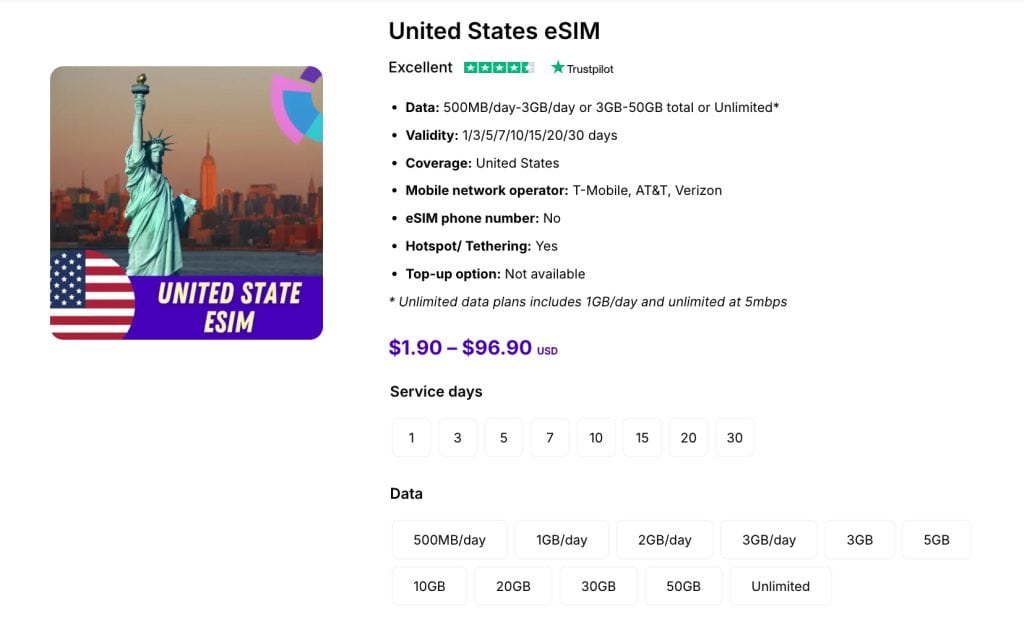
For the USA, Gigago offers multiple data plan options, starting from 500MB/day for 1 days with $ 1.9 . What is great about Gigago’s the USA eSIM is that its plans’ costs are diversifying, varying between $ 1.9 – $ 96.9 .
Thus, it does not matter how many Internet users you are or how long your trip to the USA is. Gigago always has an option for you.
VII. Extra Tips To Use Cell Phone in the USA
Here are some practical tips to help you use your cell phone effectively:
- Use Wi-Fi When Possible: Connect to Wi-Fi in hotels, cafes, and public spaces to save on data usage.
- Monitor Data Usage: Keep an eye on your data consumption to avoid unexpected charges.
- Disable Data Roaming: Turn off data roaming to prevent accidental use of international data, which can be costly.
- Download Offline Maps and Apps: Before traveling, download maps and essential apps that work offline to reduce data reliance.
- Carry a Portable Charger: With increased phone usage during travel, a portable charger ensures your device remains powered.
- Be Aware of Time Zones: The USA spans multiple time zones; adjust your phone settings accordingly to keep track of local time.
VIII. FAQs about Use Cell Phone in the USA
What are the emergency numbers in the USA?
How can I avoid unexpected charges while I use cell phone in the USA?
Are there any apps that can help me stay connected in the USA?
IX. Conclusion
I hope you find this post helpful in understanding how to use cell phone in the USA. By ensuring your device is compatible with U.S. networks and exploring options like local SIM cards or eSIMs, you can stay connected effortlessly during your travels. Remember to monitor your data usage and take advantage of available Wi-Fi networks to manage costs effectively.
